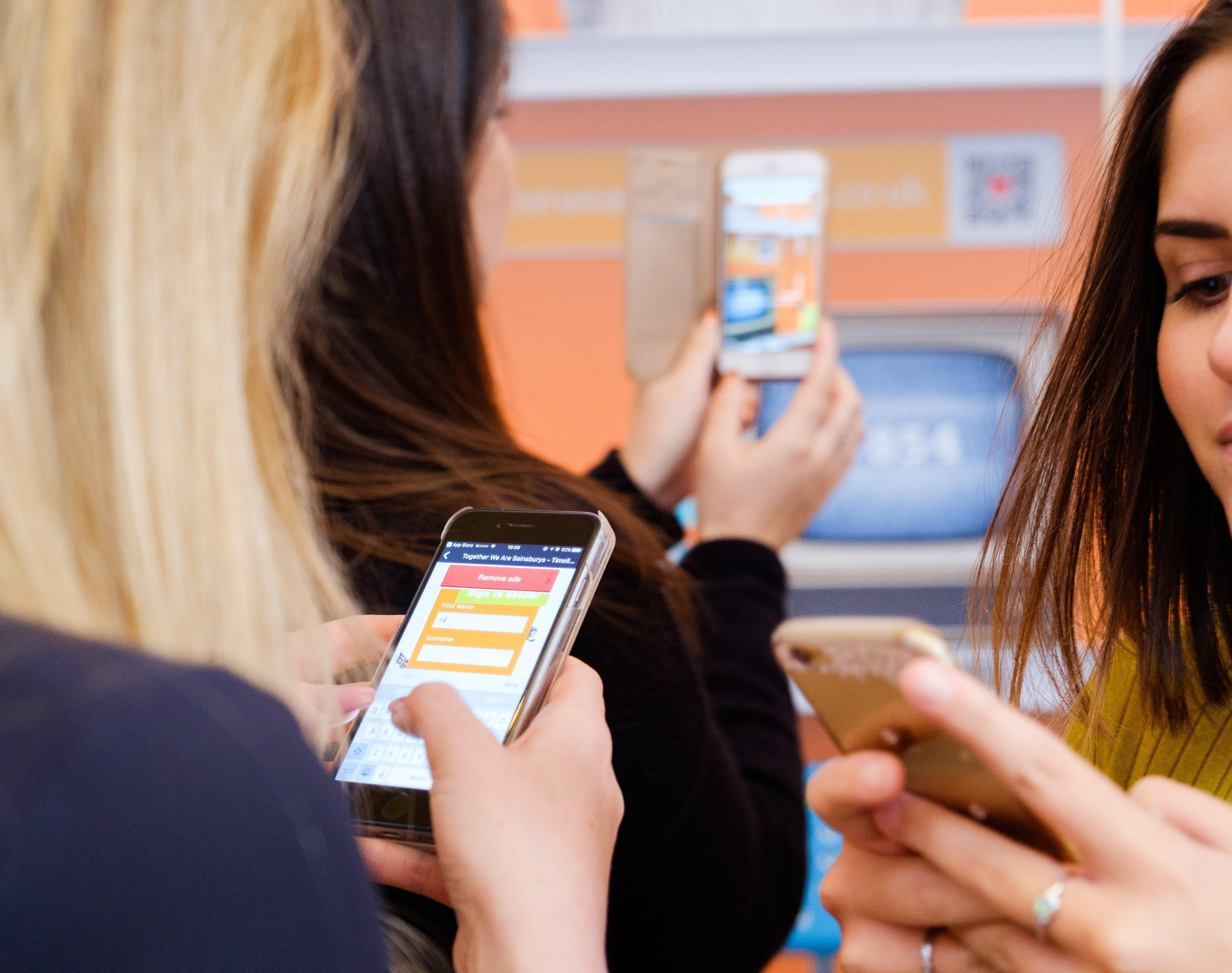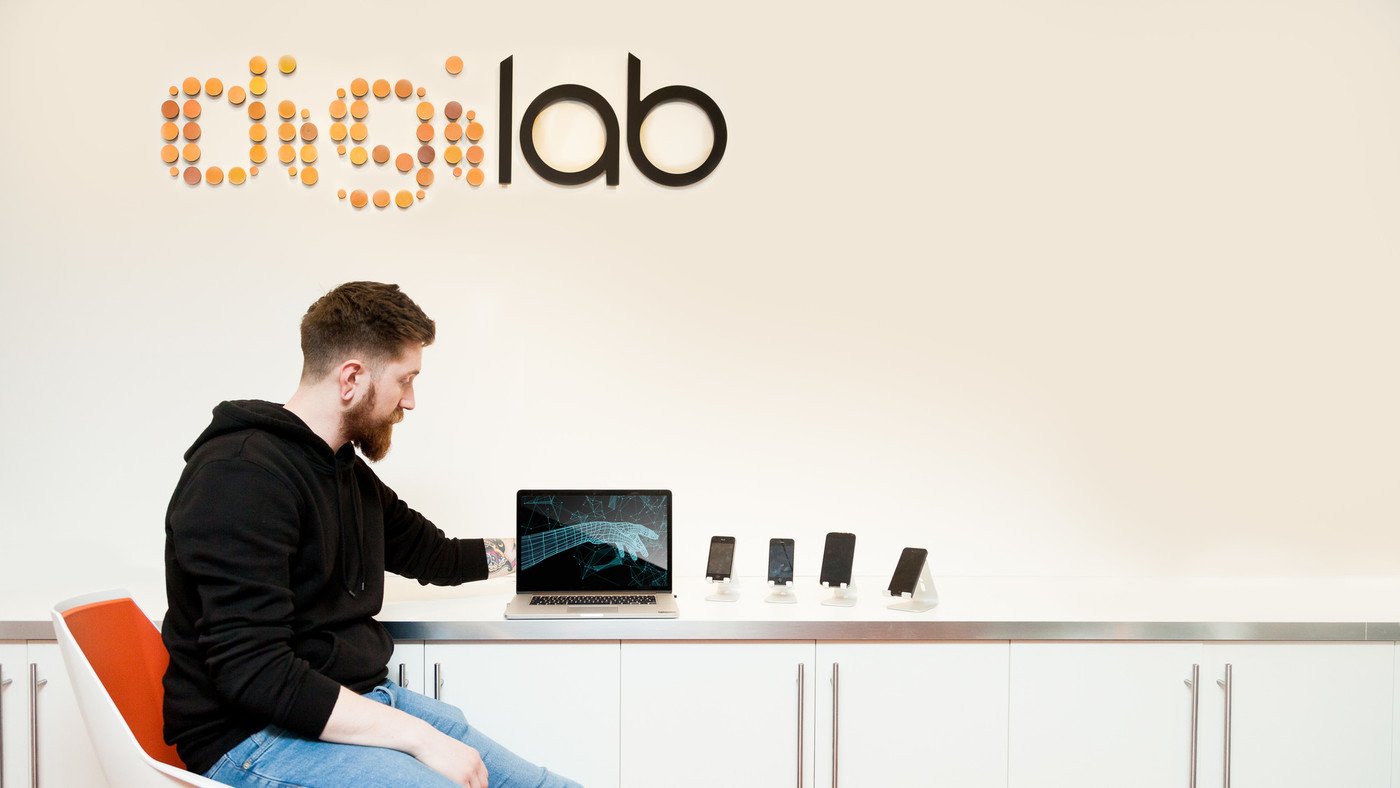We've spoken a lot in the past about brand awareness, what it is, why it's important and how you can best achieve it. But when you’re developing a brand awareness campaign, the value of focusing on digital marketing is undeniable. Seventy-seven percent of people now say they go online every day, and over a quarter of them say they’re “almost constantly” online. But the digital marketing field is vast. When working out a strategy for brand awareness, you have to make a decision about which digital marketing channels to use, and how much priority to give to each.
For marketing activities designed to get you onto a consumer’s radar — called top-of-the-funnel marketing in industry parlance — there are seven main digital marketing channels to consider and we've outlined them for you here.
1. SEO
Google processes over 3.5 billion searches every day. If your website is one of the first things to show up in search when someone’s looking for answers to a problem your products solve, it can translate into thousands of new people learning about you. This is where SEO comes in.
Although SEO is a long game, it is very effective in increasing your search engine rankings. More than that, it helps you achieve relevant brand awareness since SEO keyword targeting means you specifically reach people, looking for what you do.
2. PPC
PPC advertising and SEO go hand in hand. Both are focused on gaining visibility in the search engines, but where SEO is focused on organic results, PPC is all about the paid results.
PPC provides some distinct benefits from SEO. Because you pay directly for those top spots, rather than having to work to earn them, PPC raises brand awareness much faster than SEO does. You can start showing up on Page 1 of Google the first day you start running ads (if you follow best practices). And PPC campaigns give you the power to specify who your ads will reach based on factors like demographics, geography, and search behaviour.
You can also achieve an especially wide reach since Google’s PPC platform includes a display network that powers the ads you see on websites across the web, as well as on other Google properties like Gmail and YouTube. Google says its display network reaches 90 percent of all internet users.
3. Social media marketing
Social media has become a huge part of how people spend their time and where they get their information, therefore it’s important to include social media in your digital marketing mix.
Social media marketing encompasses everything you do on social media for free — or at least, that you only pay for it in labour costs. It starts with researching the best channels to target, based on where your audience spends their time. And while it includes sharing content and promotions from your own website to raise brand awareness, it’s just as important to spend time on your social media platforms interacting with other accounts.
Social media marketing should be part self-promotion, part relationship-building. Use your platforms to share content from other blogs and influencers in your industry that are useful to your audience, and to participate in relevant conversations. By courting new relationships, you’ll start to build a following, which is crucial for using social media marketing for brand awareness.
4. Social media advertising
Social media advertising can earn visibility and followers faster by also investing in social media advertising.
Social media advertising is to social media marketing what PPC is to SEO. All of the main social media platforms include advertising options, and most of them are pay-per-click like search advertising is. They also include extensive targeting options so you can get your messaging in front of the specific social media users most likely to be interested in your brand.
In addition to advertising with the main social platforms, many brands are gaining traction on social media by identifying popular influencers in their niche and working with them to promote their brands. People with a large following on social media have already gained the trust and attention of your audience. If they post about your brand, it’s a quick way to gain more interest and followers.
5. Content marketing
Content marketing is both an important digital marketing channel in its own right, and one that supports many of the other channels on this list. When you consistently create high-quality content that’s relevant to your audience, it gives you the chance to target more keywords in SEO and keeps your website fresh, which Google likes. It also gives other websites more reasons to link to you, which is a key ranking factor for the search engines.
In addition, every piece of useful content that your audience will want to click on is something you can promote on social media and in your ads. If the only thing you have to promote on these channels is your products, then you’re hoping someone will convert the first time they hear about you. For B2B companies, that’s unrealistic. Buying cycles often take months or even years and involve multiple people. You should assume most people won’t be ready to buy the first time they learn about your brand.
Content marketing gives you the chance to reach prospects with helpful content when they’re first asking questions that relate to your products. You can achieve that first point of brand awareness and use it to build trust, so you’re more likely to be top of mind later when they’re closer to making a purchasing decision.
6. PR
Public relations is another powerful digital marketing channel and one that often gets less attention than the others on the list. A good PR strategy will earn you mentions in publications your audience is reading, which both increases brand awareness and can result in authoritative links that boost your SEO.
Modern PR also includes pitching guest posts and thought leadership articles on relevant websites. By writing on topics your audience cares about in high-profile industry publications, you build trust in the voices that represent your brand, even if the content isn’t directly about your products.
7. Video
With more than 1.8 billion users, YouTube is one of the most popular websites on the internet, which goes to show just how much people like watching videos. Sure, some of that is cat videos, but consumers also partake in brand videos. Over one third of consumers said they prefer video to other types of brand content, and 53 percent have said they’re more likely to engage with a brand after viewing a video.
Video marketing overlaps with content marketing. It can be a useful form of content for providing helpful information and answers to common questions your customers have, and can be promoted on social media and in ads just like written content. For more info, check out our blog on how you can harness the power of video for your brand awareness campaigns.
8. Programmatic
Programmatic advertising is the automated buying and selling of digital ads using software. The traditional method includes requests for proposals, tenders, quotes and human negotiation. Programmatic buying uses machines and algorithms to purchase display space. Many formats and channels are supported with programmatic advertising. Ads can be placed on mobile, desktop, tablet, connected TV and more.
It should be included in your digital marketing mix because it’s efficient. It is designed to do away with old-fashioned, hit-or-miss campaign design. Now you can rely on an algorithm that will determine where your ad money is best spent. All you have to do is feed your programmatic solution some information about your campaign as well as KPIs and you’re all set! The system will not only launch your campaign, but it will also monitor your ad spend to look for areas of improvement.
9. Email marketing
Many organisations only view email marketing solely in terms of sales. However, one of the main functions of email marketing is to build strong relationships that will then lead to increased sales and brand reputation.
The average person checks their email around 20 times a day. Email marketing allows you to target customers in a place they visit every day – their inbox. Users who have subscribed to your mailing list are clearly interested in your product/ service, making them very valuable leads. Email marketing is the perfect opportunity to turn them from leads into customers. The key to this lies with consistency, providing solution-focused content, personalisation, automation and highly optimised campaigns.
This may seem like a minefield, with multiple channels to consider, conquer and utilise but if you can get the right balance you will see your leads and sales soar, so it really is worth the time researching and investing in the right channels for you.
If you want to know more about how to pick the correct digital marketing channels to help optimise your campaign results, regardless of your goals, product or service offering then check out our blog here where we talk about choosing the right channel for you, or speak to one of our digital marketing experts at anythingspossible@drpgroup.com and we will be happy to help. We can not only help you with the research and insights needed to make the right choices but we can also help you implement and optimise your digital marketing strategy to help you achieve and surpass your KPIs as well as help you with the all important measuring.











